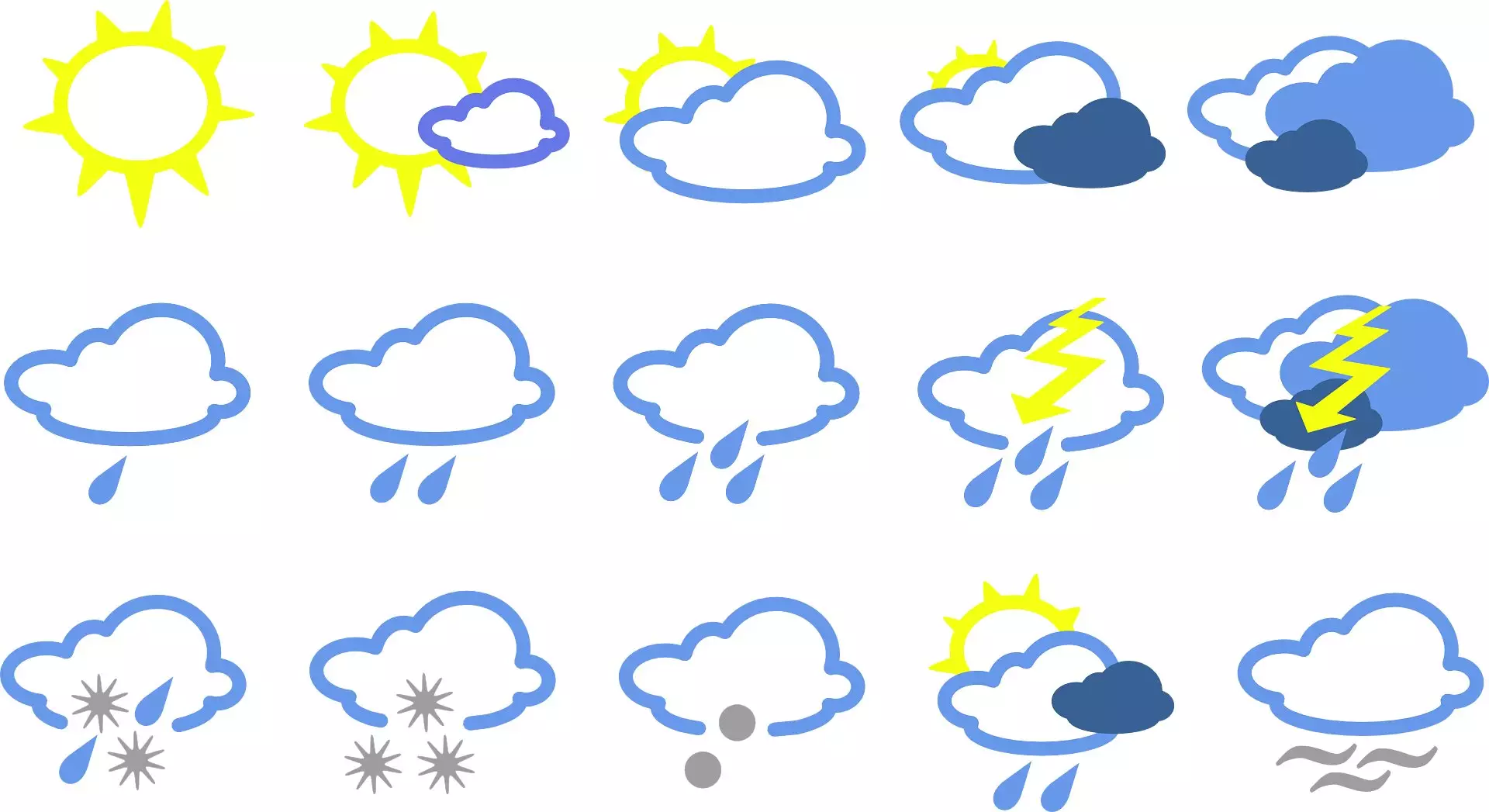In the complex ballet of global weather, some players hold more sway than others. Among these, the tropical Pacific Ocean’s El Niño and La Niña phenomena stand out for their profound influence on climate patterns across continents. Recent research underscores how these massive temperature shifts in the Pacific can serve as predictive anchors for Europe’s winter weather, often a year in advance. When El Niño or La Niña is strong, they act as the Earth’s global weather puppeteers, giving forecasters a clearer window into what the months ahead might bring.
This connection is more than just academic curiosity—it’s an invaluable forecasting tool. Heavy rainfall and flooding in Brazil during November, for instance, can act as precursor signals for the subsequent European winter’s character. A pronounced El Niño typically correlates with milder winters in Europe, bringing wetter and milder conditions, whereas La Niña is often associated with colder, and at times, snowier seasons. Such insights empower governments, businesses, and individuals to plan ahead and adapt to potential extremes.
Predictability: A Double-Edged Sword in Seasonal Forecasting
Despite the compelling influence of oceanic phenomena, the art of forecasting remains inherently uncertain. The study, published in Geophysical Research Letters, reveals that predictability varies considerably from year to year. When tropical Pacific conditions deviate from the norm, forecasting models tend to wobble, making it considerably more challenging to gauge what winter will look like in Europe. This variability stems from the intricate relationship between ocean temperatures, atmospheric patterns like the North Atlantic Oscillation (NAO), and other high-altitude phenomena.
The research employed a rigorous analysis of three decades’ worth of data from multiple European and North American prediction systems. The results illustrate that exceptional El Niño or La Niña events often act as climate beacons, enhancing the reliability of long-range forecasts. Conversely, during years when Pacific temperatures hover near average, forecasters’ confidence diminishes sharply. This inconsistency underscores a fundamental truth: our climate system’s complexity makes perfect prediction impossible, but understanding the key influencers can substantially improve our odds.
The Arctic’s Unexpected Role in Winter Uncertainty
Adding to the puzzle are atmospheric dynamics over the Arctic. The study highlights that sudden and unusual shifts in high-altitude wind patterns—sometimes linked to Arctic oscillations—further complicate winter forecasts. These atmospheric upheavals can override the signals coming from the Pacific, throwing predictions into disarray. When the upper atmosphere behaves unpredictably, European winter weather can take an unexpected turn, whether toward bitter cold or unseasonal warmth.
This interplay between tropical, polar, and atmospheric systems underlines the global interconnectedness of climate. It also emphasizes how external variables—like Arctic high-altitude winds—can diminish our forecast skill precisely when we most need clarity. Recognizing these factors provides a more nuanced perspective on the limitations and potentials of seasonal forecasting systems.
Broader Implications for Climate Adaptation and Preparedness
As climate change accelerates, the importance of understanding these intricate relationships becomes even more critical. While the influence of El Niño and La Niña offers a ray of predictive hope, the increasing volatility in atmospheric patterns demands that we refine our models continuously. The study’s insights are a call to action: improve prediction accuracy, boost resilience in sectors vulnerable to weather extremes, and foster international cooperation in climate monitoring.
Accurate long-range forecasts can significantly impact energy consumption, agriculture, transportation, and disaster preparedness. When governments know to brace for a cold, snowy winter or anticipate a mild, wet season, they can allocate resources more efficiently. Moreover, these forecasts could inform climate adaptation strategies, sparingly targeting regions most at risk of extreme weather driven by these oceanic and atmospheric signals.
The research underscores a powerful truth: despite our technological advances, nature still holds many of the keys to understanding climate. The Pacific Ocean’s colossal shifts appear to be invaluable indicators of European winter trends, yet they are not foolproof. Harnessing this knowledge requires humility, scientific rigor, and a global commitment to refining climate models—a challenge that, if met, could vastly improve our ability to navigate a changing climate with confidence.

